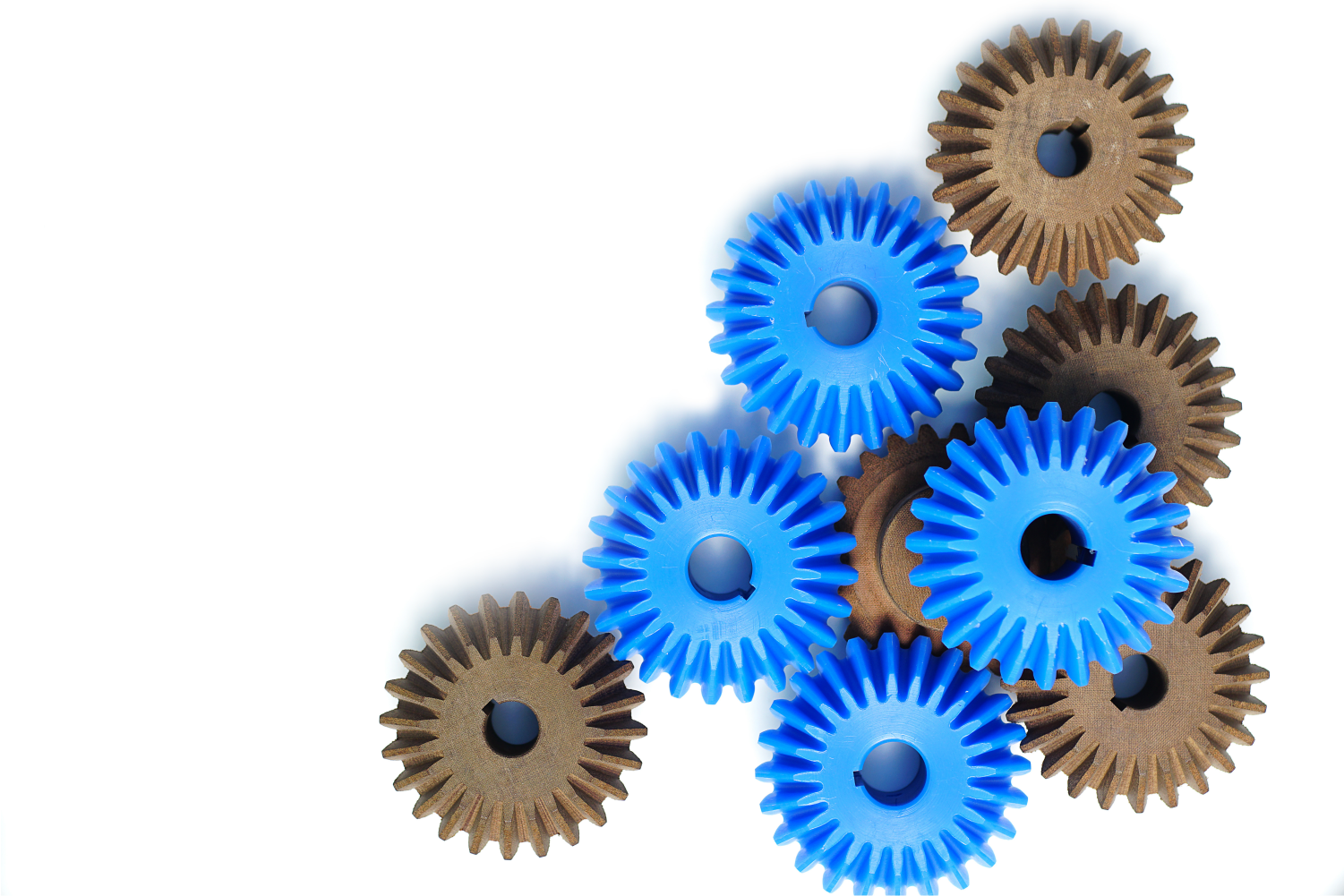
Imagine a world where surgical robots lack the precision to navigate delicate tissues, or drones fail to achieve the agility needed for rescue operations in tight spaces. As technology evolves, the demand for compact, high-performance components like microgears has become not just a trend but a necessity. These gears, which can often be smaller than a grain of rice, are the backbone of miniaturised systems that power developments in medical equipments, robotics, and aerospace applications. Their precision, durability, and dependability are critical in meeting the increasing demand for smaller, smarter, and more efficient solutions.
Microgears are bringing about high-precision applications such as minimally invasive surgical equipments and agile, high-speed drones. These small but strong components deliver accuracy and efficiency in systems where size and weight are important limitations. As industries such as medical technology, robotics, and aerospace push the limits of miniaturisation, the need for microgears has increased tremendously.
Gears with tolerances below a micron, incredible durability, and wear resistance are required for these applications, which typical gear manufacturing methods frequently fails to fulfil. This is where modern micromanufacturing technologies, including femtosecond lasers and ultra-precision grinding, come into play. These techniques offer unusual precision, allowing microgears to fulfil the most severe reliability and performance standards. The recent development of micromanufacturing represents an important change, addressing the urgent demands of miniaturised systems through technological originality and innovation.
Trends Driving the Demand for Microgears
Microgears are at the core of novel tech and applications, pushing the need for precision and reliability in miniaturised systems.
Emerging Applications Where Miniaturised Gears Play a Big Role:
Advancements in Micromanufacturing Technologies
With the need of extreme precision and innovative manufacturing, methods are core needs of microgears to meet the requirements of modern applications. Two key technologies have proven critical in reaching sub-micron tolerances and consistent quality: femtosecond lasers and ultra-precision grinding.
Micro-Machining Techniques
Femtosecond lasers cut materials using ultra-short pulses, minimising heat generation and preserving delicate details. Its precision makes them perfect for producing complex gear geometries in extremely small gear applications. Ultra-precision grinding, on the other hand, provides rare accuracy in gear shaping, with tolerances as small as one micron. Unlike typical grinding, this approach removes surface imperfections, which improves performance and reliability.
Process Integration
Hybrid manufacturing processes are gaining popularity as a means of increasing efficiency. Manufacturers can minimise waste and speed up production by integrating additive manufacturing with subtractive processes. In addition, AI and machine learning are being used to optimise tool paths and identify potential defects sooner in the process, thereby saving time and improving overall process dependability.
Choosing the Right Materials and Coatings
To sustain the stress and quick movements and rotation at that scale, Microgear also necessitates materials that are strong, durable, and precise. Lightweight metals such as titanium alloys and high-entropy alloys provide great strength-to-weight ratios in metallic gears. And, polymers and composites provide quite similar characteristics advantages that are corrosion resistance and reliability in specialised environments.
Advanced coatings provide even greater wear resistance. DLC (diamond-like carbon) coatings increase hardness, reduce friction, and resist corrosion, making them excellent for medical devices, aircraft, and robotics. PVD and CVD techniques allow for fine customisation of surface qualities to match operational objectives, resulting in optimal performance and lifetime.
Possible Challenges in Microgear Manufacturing as a Manufacturer
Manufacturing of these gears involves plenty of challenges. A major problem is tooling—the design and maintenance of instruments itself capable of achieving great precision while minimising wear and tear in micro-machining tools. This necessitates ongoing innovation to assure tool longevity and reliability. Achieving dimensional precision below 1 micron is critical. Laser interferometers and atomic force microscopes are among the techniques used to ensure the high level of precision required for microgear production. These metrology tools provide precise measurement and inspection, ensuring that gears fulfil stringent performance requirements.
Finally, balancing cost efficiency and precision is critical. Strategies such as optimising machining processes and increasing scalability can help manufacturers cut production costs while maintaining high quality standards, allowing them to satisfy both small-batch and large-volume demands.
Market Insights and Future Opportunities in Microgear Manufacturing
“Microgears are used nowadays in various industries and applications such as robotic surgery, miniaturised actuators, and medical implants. In all these applications and industries, precision matters greatly; hence the need for high-performance microgears is increasing. Rapid industrialisation and developments in technology are propelling tremendous growth in Asia and the Pacific. Countries such as China, Japan, and South Korea are leading the way, with microgear demand predicted to grow at a CAGR of more than 10% over the next few years.”
The future is very visible in the use of smart technologies in microgear systems, such as IoT-enabled gears for real-time data analysis and performance optimisation. Another key trend is the push towards green manufacturing. Focusing on eco-friendly materials and waste minimisation, promoting both sustainability and efficiency in production. These trends open up new opportunities for microgear manufacturers in the coming years.
Conclusion
From the standpoint of a gear manufacturer, the expanding demand for microgears in areas such as aerospace, defence, and healthcare highlights the importance of increased precision and miniaturisation. Technologies such as femtosecond lasers and DLC coatings are pushing the limits of accuracy and durability, allowing high-performance microgear manufacture. However, challenges like as tooling design and cost efficiency remain critical to achieving market demands. As gear manufacturer, one must understand that ongoing innovation in micromanufacturing will be critical to shaping the future of microgear technology and ensuring their position at the forefront of precision manufacturing in an increasingly competitive industry.